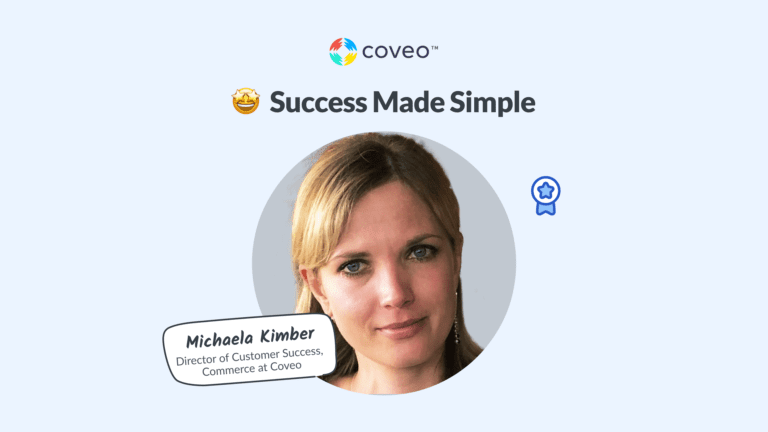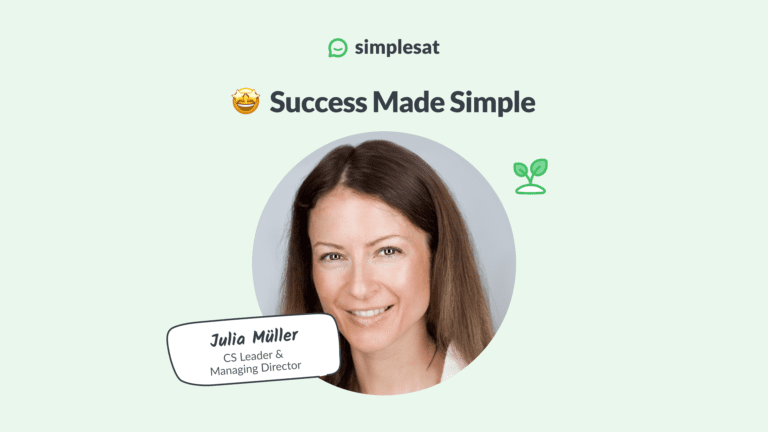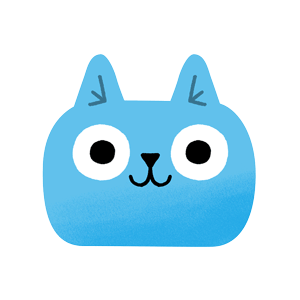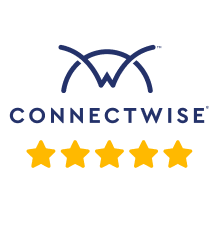We recently sat down with Alon Ahronberg, an experienced CS leader, to discuss his journey, insights on team building, customer segmentation strategies, and the future challenges facing CS teams.
With a background spanning industrial engineering, business, and various roles in tech companies, Alon offers a unique perspective on the intersection of technology, business, and customer success.
🌅 Early days
Q: Can you tell us about your background and how you entered the field of Customer Success?
A:”I always was drawn to technology and business. I started with industrial engineering and a business degree. After graduating, I began implementing ERP software, then moved to Amdocs where I managed projects. Wanting to deepen my technological background, I joined Qlik, a BI company, which was a great learning ground for both technology and business aspects.
Later, I moved to Sisense, another BI company, which really boosted my career. During that time, Customer Success as an industry was accelerating, and we started to build processes and best practices. We formed the team, created tiers, playbooks, journeys, and focused on adoption. This experience gave me a significant boost in the CS realm.
I’ve also worked in Product roles, which I believe should work closely with Customer Success. Eventually, I realized that in CS, I could make a bigger impact on people, customers, and product development. My most recent role involved building and developing an international Success team.”
🤝 Cooperation between departments
Q: You mentioned that Product and CS should work closely together. Can you elaborate on why this is important?
A:”Customer Success and Product should work really closely for many reasons. Ultimately, a good product is easy to support. CSMs are like consultants, they need to understands the business and encourage customers to use the product in a way that best fits their interests and business goals. When the product can do that, it helps tremendously.
In reality, especially in startups, CS often helps to close the gap between product readiness and customer needs until things are fully developed. We should work closely with Product to ensure a constant feedback loop and improve the product. CS can actually make a significant impact on both customers and product development.”
💕 How to build a great team
Q: When building a CS team, what qualities do you look for in potential hires?
A: “There are a few key characteristics I always look for, but it’s important to note that the specific qualities may vary depending on the company and role. Generally, I look for:
🗨️ The ability to create meaningful conversations with customers
🔋 Drive and energy / nothing I can’t do approche
🧩 Creativity in problem-solving
🏅 Motivation to succeed beyond following playbooks
📊 Relevant experience or ‘mileage’ in facing technological or business challenges
The specific skills needed can vary based on factors such as company maturity, customer type (enterprise, mid-market, SMB), and product complexity. For enterprise customers, project management skills are crucial, while for SMBs, technical knowledge and the ability to handle a larger volume of customers are important.
It’s also essential to consider the product itself. If it’s highly technical, you’ll need people who can speak the language of their champion , for example IT professionals or R&D teams. For more business-oriented products, strong people skills and the ability to have business conversations become more critical.”
📊 Segmenting the customer base
Q: How do you approach customer segmentation within a CS team?
A: “Segmentation depends on various factors, including company size, product type, industries served, and customer journey. Here are some key considerations:
- ARR (Annual Recurring Revenue): This is often the most basic segmentation. You typically invest more time in higher ARR customers.
- Product complexity: How much involvement do CSMs need to make customers successful? What would their scope be ? Which other function the CS org will have?
- Product maturity: Is it self-serve or does it require significant handholding?
- Industry specifics: Determine if the customer’s industry is a relevant factor for segmentation.
The goal of segmentation is to create variations in customer journeys that would help CSMs to focus on a similar customer base, create tailored engagement and the right resource allocation. Having two segments but treating them the same doesn’t make sense.
A common practice is to: to find the minimal customer percetange that are responiable for the maximum ARR. Then, create mid and lower sections with appropriate levels of attention. Don’t forget to account for exceptions, such as customers with high growth potential or strategic importance.”
👑 Upselling
Q: What strategies do you use to maximize upsell potential for high-value customers?
A: “For upsell motions, it’s crucial to have a good partnership with Sales and account managers. Here’s an approach I’ve found effective:
- Manage a ‘pre-pipe’ of opportunities: Flag potential growth accounts in your system.
- Regular reviews: On a biweekly or monthly basis, go over these accounts to focus on needed steps and next actions.
- Involve account managers: If you have them, ensure they’re aware of these opportunities to help open new doors and reach out to executives.
- Early assessment: When onboarding a new account, assess its growth potential immediately. Consider factors like:
- Which department are we working with? Is there potential in other departments or regions?
- What other products could be sold?
- Were there discussions about other products during the sales process?
- Is this part of a larger organization with potential for expansion?
- Track usage: Monitor usage metrics that might indicate a need for upgrades or additional services.
- CS Pipeline: Maintain a pipeline of potential opportunities within the CS team before they’re mature enough to hand over to sales.
Remember, it’s a process that can take months or even years to mature an opportunity for expansion. The key is to stay focused and continuously nurture these high-potential accounts.”
👍 Working with the Product team
Q: How do you manage the relationship between CS and Product teams to effectively bridge customer needs with product development?
A: “Building a strong bridge between CS and Product is crucial. Here’s how I approach it:
- Establish trust and good relationships: Help product managers understand that working with CS is beneficial for them to do their job better.
- Two-way partnership: Product should also train CSMs on features and consult with us on developments.
- Organized logging system: Implement an efficient way to log customer requests, tied to business data like ARR and potential impact.
- Risk assessment: Consider not just expansion value, but also the risk of not developing certain features.
- Feature consolidation: Have a process to connect similar requests from multiple customers.
- Regular steering meetings: At least quarterly, present top feature requests to Product, advocating for their importance and potential impact.
- Visibility: Ensure CS has visibility into the product roadmap and what will or won’t be developed.
- CSM feature ownership: Assign CSMs to be experts on specific features, working closely with Product on design and customer feedback.
Tools are important for this process. We’ve used various solutions like Excel, Product Board, and currently Zendesk integrated with Jira. The key is to have an easy flow between CS systems and product systems to avoid manual work.”
🚀 Biggest obstacles
Q: What do you see as the biggest challenges for CS teams in the next 2-3 years?
"The ongoing challenge for CS teams is to reduce churn, be more efficient, and do more with less. This is especially crucial now as companies shift focus from growth metrics to retention and profitability."
Alon Ahronberg
Key challenges include:
- Increasing efficiency: Finding ways to automate and streamline processes without losing the personal touch.
- Proving value: Demonstrating clear value to customers in a more digital, automated environment.
- Leveraging AI effectively: While there’s a lot of hype around AI, the challenge is finding truly useful applications that significantly improve CS operations.
- Balancing automation with human skills: As more tasks become automated, CS professionals need to focus on developing strong interpersonal skills and business acumen to provide real value in customer interactions.
The hope is that as AI and automation tools improve, CS teams will be able to focus more on understanding customer businesses and creating valuable, strategic relationships.”
🌟 Advice for CS beginners
Q: What advice would you give to someone stepping into a new CS role for the first time?
A: “For someone new to CS, I would offer this advice:
🫂 Embrace the CS community: There’s a great community in CS where you can learn from others’ experiences and get advice.
📝 Be adaptable: What worked in your previous roles might not apply exactly in your new CS position. Be open to learning and adapting.
✅ Stay flexible: Especially in startups, things change quickly. What works today might need to be changed next year.
💯 Continuously evaluate: Always be aware and examine your decisions to ensure you’re making the right changes.
🗨️ Learn from others: Take advantage of the experiences of those who have worked in different companies and situations.
🎯 Be patient: Building effective CS processes takes time and iteration. It’s okay to change and improve as you go along.”
😎 Do more with less!
Customer Success is a dynamic field that requires a blend of technical knowledge, business acumen, and strong interpersonal skills. As our interview reveals, success in CS comes from a willingness to adapt, learn continuously, and focus on creating real value for customers.
By building strong relationships both internally with teams like Product Development and externally with customers, CS professionals can drive significant impact on business growth and customer satisfaction.
As the field evolves with new technologies and changing business landscapes, the core principle remains: always strive to understand and meet the customer’s needs in meaningful ways.














